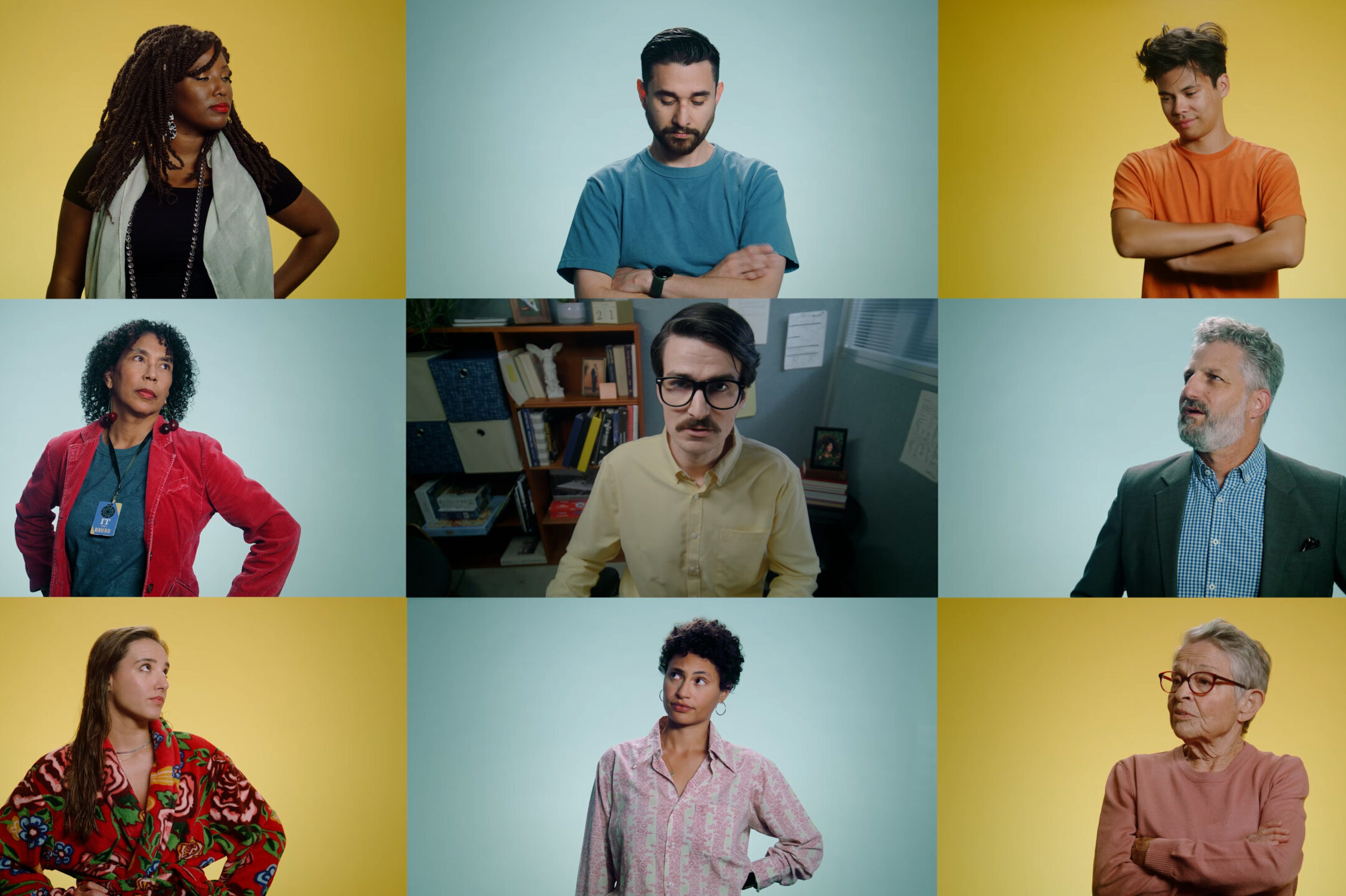The rapid pace of technological advancement in recent years is laying a foundation for exciting new opportunities for the open government movement. Governments can now provide public services with greater ease, agencies can be more efficient and transparent, and citizens are more empowered to become engaged with their communities.
But, unfortunately, the public is not adopting many promising, technology-based initiatives, and a majority of them are not being scaled. Innovative opportunities that have the potential to transform the citizen/government relationship often do not resonate with the masses and are slow to gain traction among individuals and even within governments.
For example, technology-enabled participatory budgeting offers an opportunity for citizens to have a voice about where and how their c ommunity dollars are allocated and spent. In turn, governments receive insights about what programs are important to citizens. New York City has an active participatory budgeting program, but most New Yorkers do not participate. And cities and citizens around the country have been slow to adopt this initiative despite the mutual benefits. Though technology can provide the pathway for open government efforts, it doesn’t automatically ensure cohesiveness, inclusivity, or an understanding of target users — elements that are critical to successfully improving the interactions between governments and citizens.
ommunity dollars are allocated and spent. In turn, governments receive insights about what programs are important to citizens. New York City has an active participatory budgeting program, but most New Yorkers do not participate. And cities and citizens around the country have been slow to adopt this initiative despite the mutual benefits. Though technology can provide the pathway for open government efforts, it doesn’t automatically ensure cohesiveness, inclusivity, or an understanding of target users — elements that are critical to successfully improving the interactions between governments and citizens.
To achieve meaningful impact, the open government movement needs to address this problem. The Communications and Society Program recently released a new digital report (pictured right) written by Panthea Lee, principal and co-founder of the social enterprise organization Reboot, titled “The Next Phase of Open Government,” that reflects on the barriers facing the open government movement and provides thoughtful insights about how to overcome those hurdles to advance participatory governance. The report emanates from discussions by open government practitioners at the Forum on Communications and Society (FOCAS), held last August in Aspen, Colorado, and sponsored by the Knight Foundation.
As discussed by participants at FOCAS and synthesized by Lee, the three critical barriers facing today’s open government movement and inhibiting its widespread adoption are:
- The lack of a coherent vision for open government
- The non-inclusiveness of open government
- A vague understanding of target users
In a recent Huffington Post article, Aspen Institute Communications and Society Program Executive Director Charlie Firestone identifies the top goals for the open government movement in 2014. These include increasing transparency, encouraging citizen engagement, and using government data for social good. To achieve these goals, open government practitioners need to overcome the movement’s current barriers. The FOCAS report offers a number of important solutions:
- Establish new evaluation mechanisms. Experiences, not outputs, are the true measure of success of open government initiatives. Experiences provide a thorough understanding of who is becoming engaged, and why, and offer insights into what works and what doesn’t — aiding the development and success of future efforts.
- Refocus thinking on incremental innovation. Instead of leveraging technology to build the next groundbreaking initiative, open government efforts should embrace a narrower focus. Making small steps to improve the foundation of the current system is a more realistic and effective approach to achieving system-wide engagement and transparency.
- Design for citizen engagement. Design open government experiences with the user in mind. Create nimble systems that are easy to use and that reflect citizen behavior, and carefully measure experiences to continually adjust and align to citizen needs. As the report notes, “we should remember that the way an initiative is designed can help or hinder citizens’ ability to provide input on the processes of governance, a state’s ability to meaningfully respond, and our collective ability to ensure the initiative’s accountability.”
- Understand institutional culture. All governments are not created equal. What works in one jurisdiction may not work in another. And due to the risk-adverse nature of most governments, many lack incentives to innovate. Open government practitioners should take this cultural environment into account and create systems that incentivize rather than demand transparency and engagement.
- Drive a culture of open government. Use open data to create relatable narratives that resonate with the public and demonstrate value. Help change public perceptions by facilitating data sharing and curating open data to educate communities on the benefits of a transparent government, and inspire them to get involved.
There is enormous potential to improve the ways in which governments and citizens collaborate and interact. Practitioners need to develop a new path towards mainstream adoption of innovative initiatives both inside and outside of government. These five solutions offer a critical first step. If open government efforts can embrace these changes, we can all benefit from more transparent and equitable governance.
Sarah Eppehimer is senior project manager of the Aspen Institute Communications and Society Program.
RELATED CONTENT:
- Report: Toward the Next Phase of Open Government
- Open Government Series (Part I): Open Government and Its Constraints
- Open Government Series (Part II): The Biases in Open Government that Blind Us
- Open Government Series (Part III): Open Government Needs to Understand Citizens
- Open Government Series (Part IV): Open Government Needs Empathy for Government
- Open Government Series (Part V): Toward An Accountable Open Government Culture

